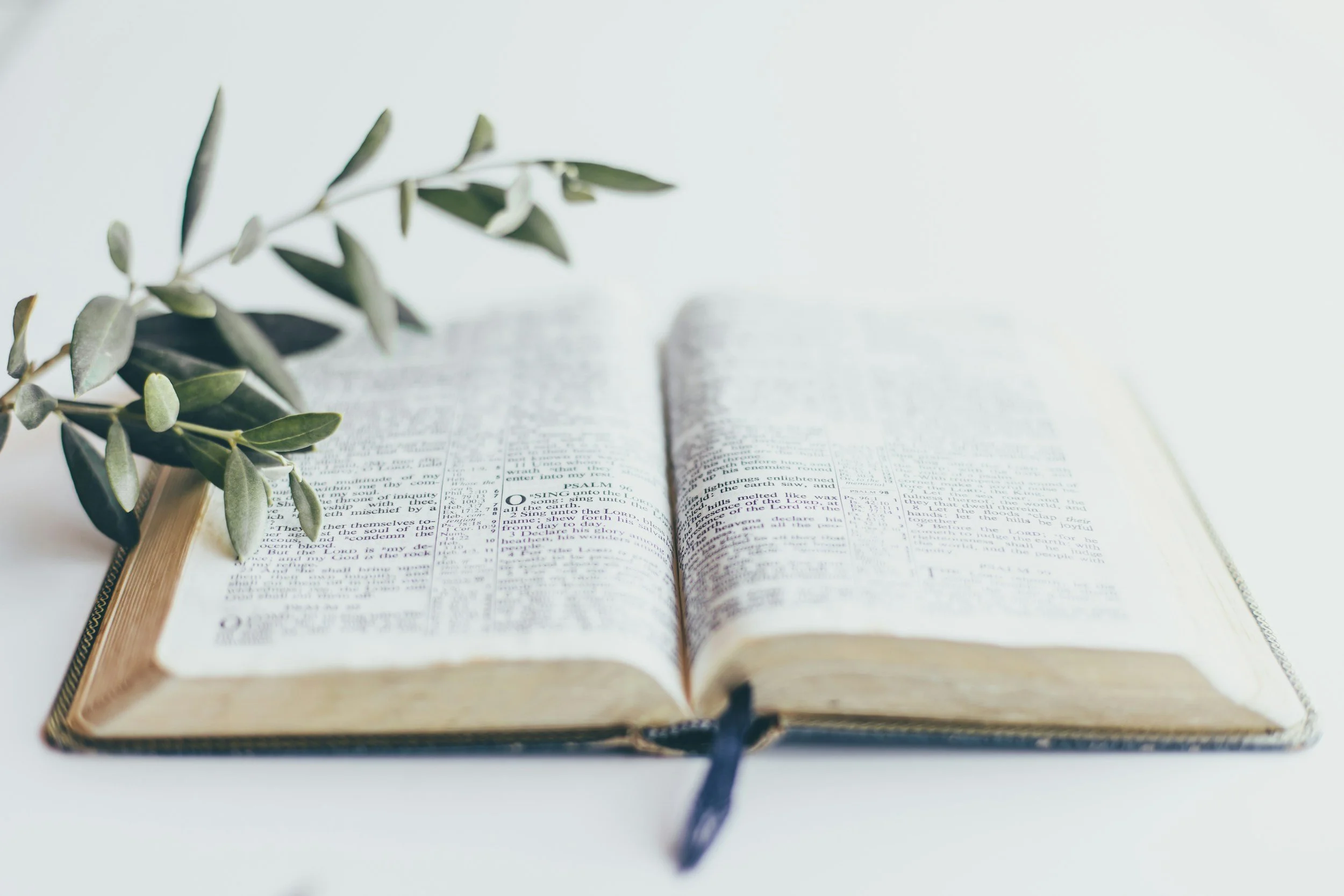Last weekend, my hairdresser paused, mid-snip, to stare at me through the mirror and ask, perplexed,
“How do you do it all?”
I get this question a lot. It usually happens right after they find out I homeschool four kids, tend a sprawling garden, write books, and host a podcast. I used to respond, “I don’t know,” with a laugh. Even to me, it sounds at least a little crazy.
But lately, I’ve been feeling the Holy Spirit tug at me, gently urging me to share on this topic, to invite others into the secret stillness He is teaching me. To hover midair, like a hummingbird whose wings never stop beating, and to find stillness in the perpetual motion of motherhood.
It’s not something I do perfectly (and maybe that is the simple answer to how I do it all: not well). But that is also part of the lesson that is unfolding for me in this season. That is part of what He spoke to me through writing Grow Where You’re Planted. I thought it was going to be a book about gardening. Turns out, the Lord was using it to invite me to have patience with the messiness of my soul. It is about growing in whatever space you have, but more than that, it is about letting go of perfectionism. Only if we draw on His peace first, can we progress in virtue.
And with that, I proceed to share with you the few bits and pieces that comprise my secret—if you can all it that—to “doing it all.”
1. I Don’t Use Social Media
When I first started blogging, I heeded what I now believe to be misguided advice: that I had to be on social media if I wanted anyone to read what I was writing. As it turns out, social media isn’t great for converting readers to book buying, and there are lots of other factors publishers look at when considering your “platform.” That’s not to say that a giant social media following doesn’t opens doors quickly—and lots of them. But from my perspective as a creator, it was stealing my time, peace, and attention, without giving anything back.
It took multiple attempts for my “goodbye” to stick; the steady dopamine drip has been intentionally designed to create behavioral addiction, after all. Now that I am on the other side, having broken the chains of digital enslavement, I say with zero exaggeration that I count giving up social media as among the best decisions of my life.* Detaching from that world has given me my life, peace, and presence back. Saying “no” to it has given me space to say “yes” to what matters most: prayer, my family, homeschooling, writing, gardening, and living in the present.
2. I Ask for Help
This one is harder. It’s vulnerable to admit I can’t handle everything on my own. But I’ve learned that asking for help—from my husband, from friends, from community—isn’t weakness. It’s humility.
“It takes a village” is a cliche for a reason. We were created in the image and likeness of God, who is Trinity—a communion of loving persons. Every time I open my hands to receive help, I’m reminded that my worth isn’t tied to self-sufficiency. And, often, I find that those who pitch in to help are blessed by their gift. After all, we “find ourselves in the sincere gift of self,” (a favorite quoted phrase of my favorite pope). When we try to do it all ourselves, 1. we will fail, but 2. more importantly, we may in fact be depriving others of the opportunity to answer God’s divine call to give of themselves. That favorite pope of mine also reminds us that every member of a family is called to become “a servant of the others,” (a challenging phrase when I am tempted to tell the kids that I am not their servant!) Receiving help is an act of humility intrinsic to God’s divine plan for humanity.
The desire to only ever be the one giving help? That is pride. True gift of self means all of us, offering what we have to give, yes, but also coming to one another with the fullness of vulnerability and learning to accept the concrete offering of love from one another. After all, if God is love, then refusing to accept help is refusing to accept God himself hidden in that act of love.
3. I Give God My Loaves and Fishes
Even after ditching the world’s most destructive time-suck and soliciting help from my husband and every friend’s older daughter to babysit, etc. I am still not enough. And, honestly, that is feature, not a bug.
The work of motherhood will bring you to your knees. Literally. And praise God for that.
I keep coming, time and again, to the multiplication of the loaves and fishes. God takes what we give Him, and He makes it enough.
When I think about it, five loaves of bread and and two fish actually sounds like a lot for one person’s lunch. But it’s nowhere near enough to feed a crowd. And isn’t that the story of motherhood? What we bring to the table, bountiful as it may be, just isn’t sufficient for what’s asked of us.
And yet, in John’s Gospel, Jesus says, “Apart from me, you can do nothing.” Not a little. Not not much. Nothing.
I’ve gained a deep peace by surrendering to that fact (that you, Fr. Jacques Phillipe!). Our job isn’t to be enough—it’s to offer what little we have, our own loaves and fishes, and trust Him to multiply them.
Becoming an Empty Vessel
Caryll Houselander wrote the best book I have ever read about Mary, The Reed of God. One of the many images she uses to describe Our Lady is that of an empty cup. The perfection of humanity, free from the stain of sin, is so glorious because she allows the Lord to fill her entire being. What people encounter in this living tabernacle is not the vessel herself, but God within her.
These days, when I return to the Holy Sacrament of the Eucharist, I pray to become a hollow cup, an empty vessel—so that Christ can fill me, so that His abundance can pour out into my family, my work, and my life. Recognizing that I not only can I not do it all, but I can do nothing has been a great gift, the key to surrendering my own wil, my own plans, my own pride in anything that my hands may accomplish throughout the day. If it was good, it came from Him, period. And I can rejoice in gratitude for that gift of Him showing up in my life.
“My grace is sufficient for you, for my power is made perfect in weakness,” (2 Cor. 12:9).
In other words, all He needs from me is surrender. The more we recognize our powerlessness, the more we’re able to do. Anything we’re able to do is only by His grace to begin with.
The Myth of Balance
I used to fret over trying to achieve the perfect balance between many competing priorities. But the reality is somewhat different. Balance is not a steady state; it requires constant adjustment (any my sweeping changes to our life and routine weren’t helping!) Consistent, small adjustments. Patience with myself when I fail. Being utterly unsurprised by own littleness and failings. Reaching arms up to my Father to allow Him to pick me up and kiss my boo boos once again.
Balance isn’t even really what I do. I juggle. Badly. And most of the time, “doing it all” is actually a constant practice in selectively prioritizing which ball I am going to drop this time.
And every time I drop it, 1. I hope I chose something of lesser importance in Heaven’s eyes, and 2. my failure is a gift because it sends me running back to my Maker.
Because our invitation was never to do it all. It’s about remembering time and again, that there is One who does it all. And we are not Him.
**Yes, Substack Notes counts as social media, at least in my digital rule of life, because of the biological effects it has on my nervous system. If social media works for you, great. We need missionaries in every corner of the earth. Still, I’d encourage you to create your own digital rule of life to articulate life-giving boundaries so that whatever tech is important to you will be governed by your prayerful decision, not the default settings its manufacturers give it to mine your brain for the precious commodities of your time and attention.





